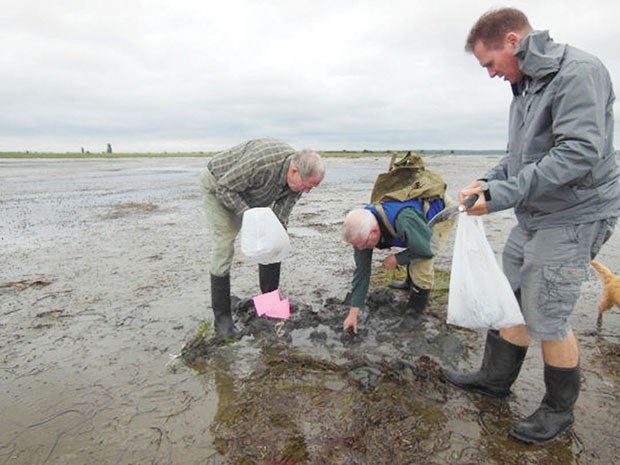Civic politicians approved the development of an invasive plant strategy last week.
Invasive plants are defined as any non-native plant species that has the potential to have a detrimental effect on people, animals or eco-systems. These plants can end up in an area by accident, or be introduced on purpose, but without its natural predators, invasive plant species have the ability to quickly take root and alter the natural functions of an ecosystem.
Left alone, non-native plants can overtake an area, out-competing native plants for essential resources such as nutrients, sunlight and water.
"Once an area becomes infested it can be very difficult to restore that area back to its original state so the key to controlling invasive plants is through early detection and rapid response," said Mike Brotherston, Delta's manager of climate action and environment. "Second to habitat loss, invasive species have been identified as the most significant threat to biodiversity."
Delta is home to a number of invasive plants, including giant hogweed, English ivy and English cordgrass, also known as spartina angelica.
The noxious weed is monitored by Delta staff and the B.C. Spartina Working Group, a consortium of conservation organizations and government agencies that includes the Ladner Rotary Club.
It's considered noxious because it is so pervasive and as it spreads it has the ability to take over native plants and smother natural eco-systems, such as the inter-tidal area in Boundary Bay.
"In the last decade, there has been rapid growth and spread of new invasive plants in the Metro Vancouver region creating economic, environmental and human health threats," Brotherston stated in his report.
While Delta has some current management initiatives for a few known invasive plants, there is no framework for addressing new ones as they are discovered in the community. "A strategy that addresses other problem invasive plants and that implements early detection and rapid response would help prevent invasive plants from becoming a widespread problem in our community," he said.



